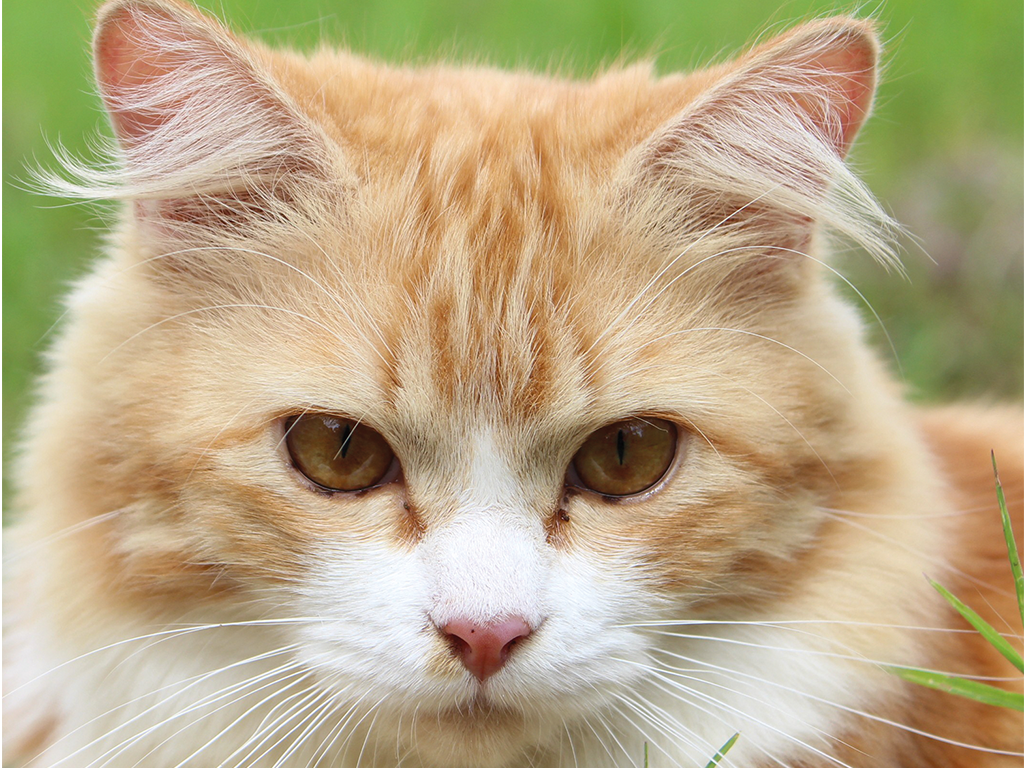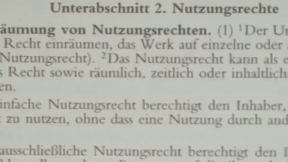 Primary School
Primary School


46500909 / 55500665
Domestic Cat
Breeds and Behaviour
Nobody has actually counted all of them but it is estimated that there are about 200 million domestic cats in the world. In Germany alone live abou 14 million. That makes it the most popular pet in this country. It is not easy to describe what makes the cat so appealing to humans. On the one hand, cats are playful, affectionate pets which seek the proximity of humans and love being petted, cuddled, fed and tended by them. On the other hand, they are of a wild independent character, which they have retained despite the long time they have spent with people as domesticated pets. Although they are called house cats, they are still predators deep inside that go hunting in nature. Due to this apparent contradiction and a certain inscrutability and inexplicability of their nature, they are often endowed with an air of mystery and magic. This also explains why in fairy tales and stories cats so often appear as magical creatures. The ancestors of today’s domestic cat originated from the Egyptian region. The Egyptians were also the first people to keep cats as pets about 3,000 years ago. Cats presumably sought the vicinity of human settlements because there it was easy to get at their prey, such as mice or rats. And people were grateful to the cats because they hunted mice and rats. The veneration of the Egyptians went so far as to worship a cat goddess, who represented gaiety and warmth.
Play trailer

Curriculum-centred and oriented towards educational standards
Matching
Rights and Obligations
Three girls of different ages: Anna is 17, Paula 15 and Lena 13. Before the law, their respective ages have consequences – because children and adolescents have different rights and also obligations.
Copyright
Copyright is subject to constant change to keep up with technological advances. This film enables the viewer to grasp the basic principles of this extremely intricate matter. By way of introduction, the film defines what an author is, what kinds of works there are and how long a work is protected on principle. Then the fundamental rights of an author are cited and it is shown how these are exploited in our times. In the third chapter, the respective rights are illustrated by way of practice-oriented examples of books, photos, music and films. Here, of course, an emphasis is laid on the field of education, taking into account the latest case law within the EU and Austria in particular. A further chapter highlights the problems arising with the Internet and goes into the citation law and pirate copies. All in all, in this way the viewer is made familiar with the most important basic terms and their meanings. Comprehensive worksheets and additional accompanying material invite us to deepen our knowledge of the subject.
Internet Addiction
The film consists of two parts. The first part is the 15-minute short film “In the Net”. It describes the problem of excessive Internet use in a humorous way, in particular the risk of losing touch with reality when chatting. The second part illustrates with three real persons how Internet addiction can develop and the problems encountered by those who are afflicted. The authentic statements are commented by an experienced therapist. For many pupils, the issues addressed here are related to their everyday lives. What is a “sensible” use of the Internet, where does pathological addiction start? In contrast to addiction to alcohol, nicotine or drugs, the public seems to be largely ignorant of the problem of this addiction, which is not related to any substance abuse. The film provides material for discussion in the classroom (crossdisciplinary) and can be used as a basis for the formulation of prevention strategies.









